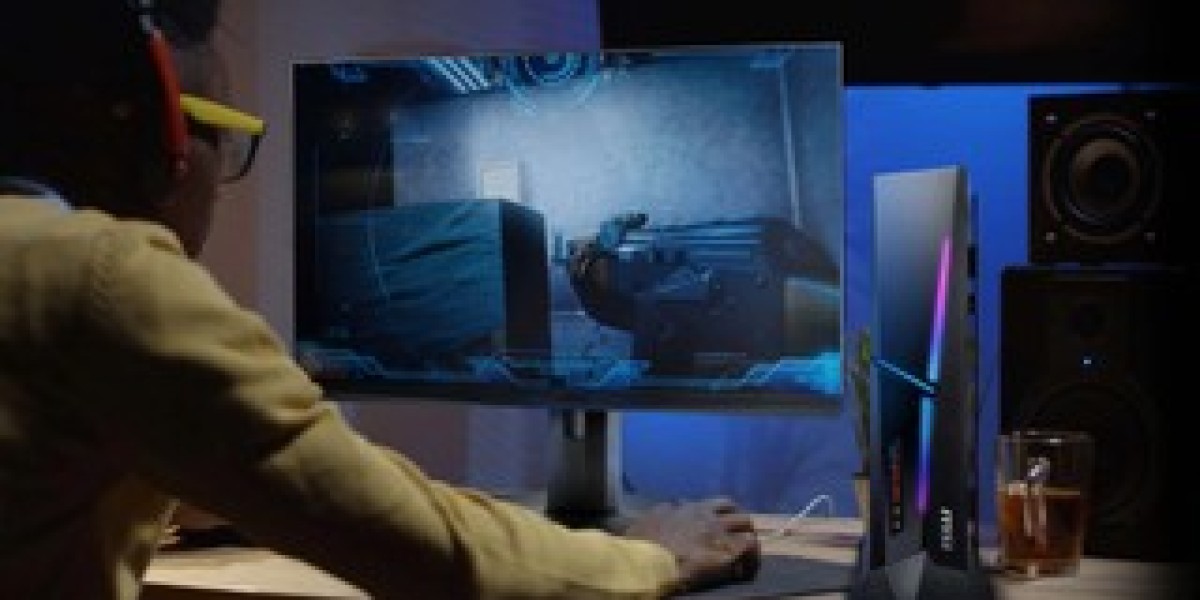what is VSync ? short for Vertical Synchronization, is a display technology used in computer graphics to synchronize the frame rate of a game or application with the refresh rate of a monitor. This technology aims to prevent screen tearing, a visual artifact that occurs when multiple frames are displayed in a single screen draw, leading to a disjointed and fragmented image.
Understanding VSync
To grasp VSync's importance, it's crucial to understand a few key concepts in display technology:
Frame rate vs refresh rate
- Frame Rate : Measured in frames per second (FPS), it indicates how many images (frames) a graphics card can render per second.
- Refresh Rate : Measured in hertz (Hz), it refers to how many times per second the display updates its image.
Screen Tearing
Screen tearing happens when the frame rate and refresh rate are out of sync. It typically appears as a horizontal line where the top and bottom parts of the display are showing different frames. This can be particularly jarring in fast-paced games or videos, where the image needs to be smooth and continuous.
How VSync Works
VSync addresses screen tearing by making the graphics card wait for the monitor to finish its current refresh cycle before sending a new frame. Here is a step-by-step breakdown:
- Frame Limiting : VSync limits the frame rate of the graphics card to match the refresh rate of the monitor, ensuring they are in sync.
- Buffering : Frames are buffered, meaning they are held until the monitor is ready to display them. This may introduce slight delays, but it ensures that the display receives a complete frame.
- Synchronization : VSync coordinates the delivery of frames to align with the monitor's refresh cycle, eliminating tearing but potentially causing input lag.
Pros and Cons of VSync
Advantages
- Eliminates Screen Tearing : The primary benefit is the removal of screen tearing, providing a smoother visual experience.
- Consistent Frame Rate : By syncing the frame rate with the refresh rate, VSync can offer a more consistent and stable visual output.
- Improved Visual Quality : For slower-paced games and applications, VSync can enhance the visual quality by providing clean and unbroken images.
Disadvantages
- Input Lag : The delay introduced by buffering frames can result in input lag, where there is a noticeable delay between player input and on-screen response.
- Performance Impact : On systems with less powerful graphics cards, VSync can reduce performance by capping the frame rate and introducing additional processing.
- Stuttering : If the graphics card cannot maintain a frame rate equal to the monitor's refresh rate, it can cause stuttering, where the display lags behind or skips frames.
Alternatives to VSync
As technology has advanced, new methods to address screen tearing and synchronization issues have emerged:
- Adaptive VSync : Nvidia's solution that dynamically turns VSync on and off to maintain performance while reducing tearing.
- G-Sync : A proprietary technology by Nvidia that synchronizes the monitor's refresh rate with the GPU's frame rate, offering a tear-free experience without input lag.
- FreeSync : AMD's equivalent to G-Sync, providing similar benefits but often at a lower cost and with broader hardware compatibility.
When to Use VSync
VSync is best used in scenarios where visual quality is paramount and the impact on performance is minimal. Ideal situations include:
- Single-Player Games : Where input lag is less critical compared to visual fidelity.
- Media Playback : Watching videos or animations where screen tearing can be particularly distracting.
- General Computing : Everyday tasks where the impact of VSync on performance and input response is negligible.
Conclusion
VSync is a valuable tool in the realm of computer graphics, offering a solution to the persistent problem of screen tearing. While it comes with its own set of trade-offs, understanding when and how to use VSync can significantly enhance your visual experience. For those seeking alternatives, technologies like G-Sync and FreeSync provide advanced solutions with reduced drawbacks. As with any technology, the key is to balance the benefits with the potential impacts on performance and user experience.







